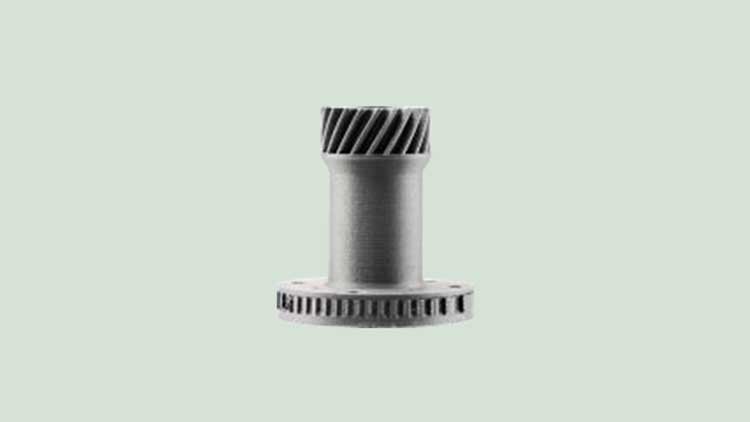
Thermoplastic polycarbonate is well recognized for its exceptional strength and impact resistance. Polycarbonate, the material used to make bulletproof glass, is lightweight and has a higher degree of translucency than other Fused Filament Fabrication (FFF) 3D printing materials. Additionally, polycarbonate resists heat, suppresses flames, and insulates electricity, making it a crucial material for usage in hardware and electrical components.
For a variety of professional-level applications, polycarbonate is incredibly strong and efficient:
- Widely used in the construction, transportation, and automotive industries
- Electrical and telecommunications hardware
- Data storage, such as CDs, DVDs, and Blu-Ray Discs
- Consumer products like sunglasses, phone and computer cases, water bottles, and food containers
When printing with polycarbonate, you must be sure to select a high-quality filament, just like you would with any other material. Beware of poor materials, even though a spool of filament could appear perfect on the exterior and have a reasonable price tag. The use of chemicals and fillers, which have a negative impact on the 3D printing process and the quality of the finished item, enables producers of low-quality filament to keep their prices low. Because inferior product frequently contains air spaces or debris embedded in it, it is also less expensive. This issue could cause nozzles to clog or jam, ruining a print.
